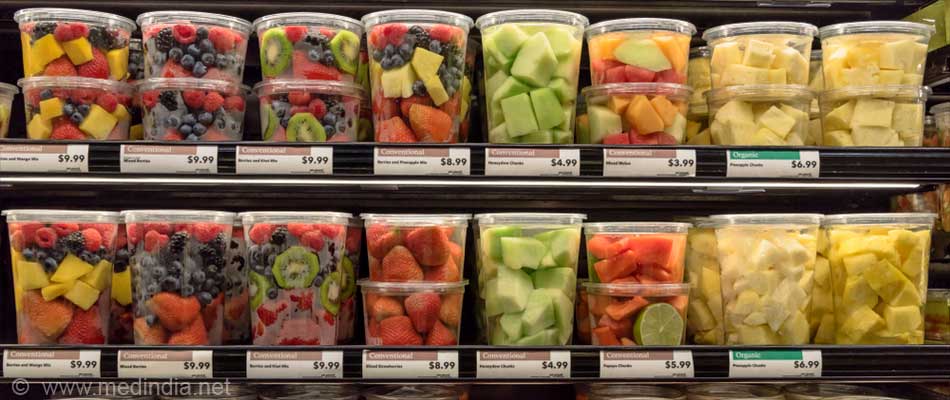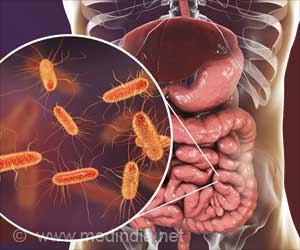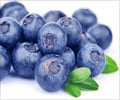- Food preservatives - ( http://pubs.acs.org/cen/science/8045/8045sci2.html)
- Saito M, Sakagami H, Fujisawa S. Cytotoxicity and apoptosis induction by butylated hydroxyanisole (BHA) and butylated hydroxytoluene (BHT). Anticancer Res. 2003 Nov-Dec;23(6C):4693-701. - ( http://pubs.acs.org/cen/science/8045/8045sci2.html)
- Benzene in beverages - (http://www.fda.gov/Food/ResourcesForYou/Consumers/ucm232528.htm)
- Williams GM, Iatropoulos MJ, Whysner J. Safety assessment of butylated hydroxyanisole and butylated hydroxytoluene as antioxidant food additives. Food Chem Toxicol. 1999 Sep-Oct;37(9-10):1027-38. - ( http://pubs.acs.org/cen/science/8045/8045sci2.html)
- Botterweck AA, Verhagen H, Goldbohm RA, Kleinjans J, van den Brandt PA. Intake of butylated hydroxyanisole and butylated hydroxytoluene and stomach cancer risk: results from analyses in the Netherlands Cohort Study. Food Chem Toxicol. 2000 Jul;38(7):599-605. - ( http://pubs.acs.org/cen/science/8045/8045sci2.html)
About
Food preservatives are substances ‘that are added to food items in order to inhibit, retard or arrest the process of fermentation, acidification, and decomposition of food items’. Or, in other words, preservatives in food help keep the food safe, without spoiling, for longer.
Food preservatives are classified as:
- Class I preservatives or the natural preservatives such as salt, sugar, vinegar, syrup, spices, honey and edible oil and
- Class II preservatives or the chemical preservatives such as benzoates, sorbates, nitrites and nitrates of sodium or potassium, sulfites, glutamates, glycerides and the like.

The food standards regulations require that not more than one class II preservative to be used on one particular food item.
Both, natural and chemical preservatives are categorized into 3 types:
- Antimicrobials that destroy or delay the growth of bacteria, yeast and molds. E.g. nitrites and nitrates prevent botulism in meat products. Sulfur dioxide prevents further degradation in fruits, wine and beer. Benzoates and sorbates are anti-fungals used in jams, salads, cheese and pickles.
- Anti-oxidants that slow or stop the breakdown of fats and oils in food that happens in the presence of oxygen(Oxidation) leading to rancidity. Examples of anti-oxidants include BHT, BHA, TBHQ, and propyl gallate.
- Anti-enzymatic preservatives that block the enzymatic processes such as ripening occurring in foodstuffs even after harvest. E.g. Erythorbic acid and citric acid stop the action of enzyme phenolase that leads to a brown color on the exposed surface of cut fruits or potato.
The following table shows the type of food preservatives used, the type of food products they are used in, and the permissible limits for their use.
| Food Preservative | Type of preservative | Type of food products | Maximum Permissible limit |
| Benzoates and sorbates | Antimicrobial | Pickles, margarine, fruit juices, jams, cheese | 200 ppm (200 parts per million) |
| Propionates | Antimicrobial | Bakery products, cheese, fruits | 0.32 percent |
| Sulfites and sulfur dioxide | Antimicrobial | Dry fruits and fruits, molasses, wine fried or frozen potatoes, prevent discoloration in fresh shrimp and lobster | 200-300 ppm |
| Nitrites and nitrates | Antimicrobial | Meat products | 100-120ppm |
| Propyl gallate | Antioxidant | Baked foods, meats | 200 ppm |
| BHA (butylated hydroxyanisole) and BHT (butylated hydroxytoluene) | Antioxidants | Baked foods and snacks, meats, breakfast cereals, potato products | 100 ppm for meat products, 50 ppm for breakfast cereals and potato products |
| Tert-Butylhydroquinone (TBHQ) | Antioxidant | Baked foods and snacks, meats | 100 ppm |
| Erythorbic acid (iso-ascorbic acid) and citric acid | Antienzymatic | Soft drinks, juices, wine, and cured meats | 200-350 ppm |
Note: Permissible limits for use of food preservatives vary depending on the food product, from country to country.






